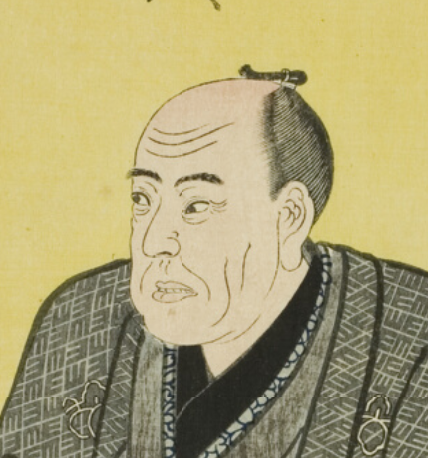KUNIYOSHI
COLLECTING JAPANESE PRINTS FEATURED UKIYO-E ARTISTUtagawa Kuniyoshi
1798 - 181
Profile at a Glance:
Ukiyo-e artist whose work focused primarily on warriors and historical figures
Excelled in triptych designs
Produced some of Ukiyo-e most dramatic iconic designs featuring warriors and ghosts
Yoshitoshi’s teacher
Recognized for his musha-e, or warrior prints of the late Edo period, Utagawa, Kuniyoshi (1797-1861) was a woodblock print artist of the Utagawa school born in Edo in 1798. At the age of fourteen, Kuniyoshi entered the ateliers of master Utagawa Toyokuni, head of the Utagawa school.
Despite his exceptional talent, Kuniyoshi's early career was rather desultory until the year 1827. His set of seventy-four oban formatted prints, The One Hundred Eight Heroes of the Popular Suikoden All Told, (c. 1827), based on the sixteenth-century Chinese novel, Shuihuzhuan, was wildly successful. In part, because the boldness of such prints effectively conveyed the swashbuckling bravura of historical figures while meeting public demand for popular tales. Kuniyoshi continued to produce warrior prints until the 1840s and 50s, during which time the artist fell into trouble with Tokugawa authorities. In 1843, Kuniyoshi was investigated for designing a triptych detailing public dissatisfaction with the recently-implemented Tenpo reforms. A decade later, he and his publisher were fined for an unflattering portrayal of the Shogun and his advisors. It is indeed ironic that Kuniyoshi often used the trope of loyalty to challenge government authorities and the political status quo.
Such notions of loyalty and honor further appeared in some of Kuniyoshi's most significant warrior sets, including Heroic Tales of the Taiheiki (1847-50), Stories of True Loyalty of Faithful Samurai (1847-48), and numerous Chunshingura sets. In addition, Kuniyoshi designed and published the travel series, Sixty-nine Stations Along the Kisokaido, in 1852. The highly-prolific artist continued to work until his death in 1861. Having reinvented the warrior archetype, Kuniyoshi's leading men would later be transformed from loyal vassals into conscripted soldiers seen in Meiji era art propaganda.




